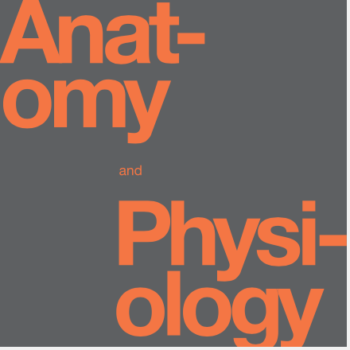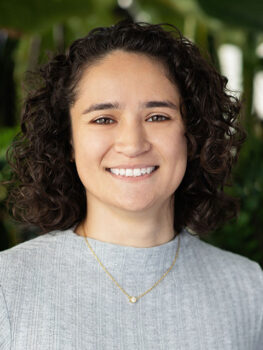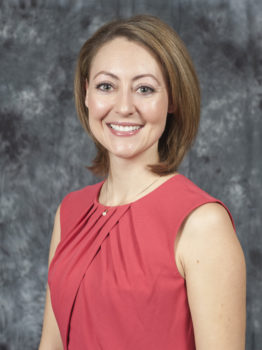Open Education at NEBHE
The New England Board of Higher Education strongly believes that all students deserve unfettered access to their learning materials on the first day of class, regardless of their financial situation. That’s why NEBHE launched its Open Education program in 2019 to assist in and build upon coordinated state strategies, enhance and promote effective policy frameworks and share best practices to accelerate the integration of open education and open educational resources (OER) in the Northeast. We work closely with our public and independent institutions, states and regional compact partners to continually learn how we can best step up to support the ever-changing landscape of open education.
What is Open Education and OER?
 An open textbook is just like a traditional, commercial textbook in terms of content, but it has a license that makes it free for anyone to access, redistribute and retain in perpetuity, and in many cases revise and remix the content to make a customized copy. The author, or the copyright holder, gives you explicit permission to use an open textbook just by giving it an open license.
An open textbook is just like a traditional, commercial textbook in terms of content, but it has a license that makes it free for anyone to access, redistribute and retain in perpetuity, and in many cases revise and remix the content to make a customized copy. The author, or the copyright holder, gives you explicit permission to use an open textbook just by giving it an open license.
What We Do
NEBHE’s regional approach to open education, with the generous support from the William and Flora Hewlett Foundation, is to:
- Promote the use of open education in regional postsecondary institutions
- Collaborate with regional open education advocates to identify gaps in regional capacity and develop solutions to state, regional, and institutional needs
- Support postsecondary institutions with the implementation of no-cost course marking
- Work alongside our regional compact counterparts, MHEC, WICHE, and SREB to reduce duplication of efforts, building upon existing efforts and collaborating to advance new ones
Who We Work With
NEBHE Open Education Advisory Committee
For more information please visit the Open Ed Advisory Committee page.
Regional Education Compacts
- Midwestern Higher Education Compact – MHEC
- Western Interstate Commission for Higher Education – WICHE
- Southern Regional Education Board – SREB
The four regional education compacts are collaborating under the name National Consortium for Open Educational Resources (NCOER) to scale and sustain the use of open educational resources. You can learn more about our collaborative work at ncoer.org.
SPARC
The Scholarly Publishing and Academic Resources Coalition (SPARC) is a non-profit advocacy organization that supports open systems for research and education that enable everyone, everywhere to access, contribute to, and benefit from the knowledge that shapes our world. For more information on their work, please visit their website.
DOERS3
The Driving OER Sustainability for Student Success (DOERS3) Collaborative is a group of 36 public higher education systems and statewide/provincewide organizations that are committed to supporting student success by promoting free, customizable open educational resources (OER). For more information on their work, please visit their website.
We work for and with any institution in New England to support open education efforts.
Staff

Tamara Stein-Botteri
Program Manager, Open Education

Lindsey Gwozdz
Fellow, Open Education
For any questions or for more information on open education at NEBHE please reach out to our team at openeducation@nebhe.org.
